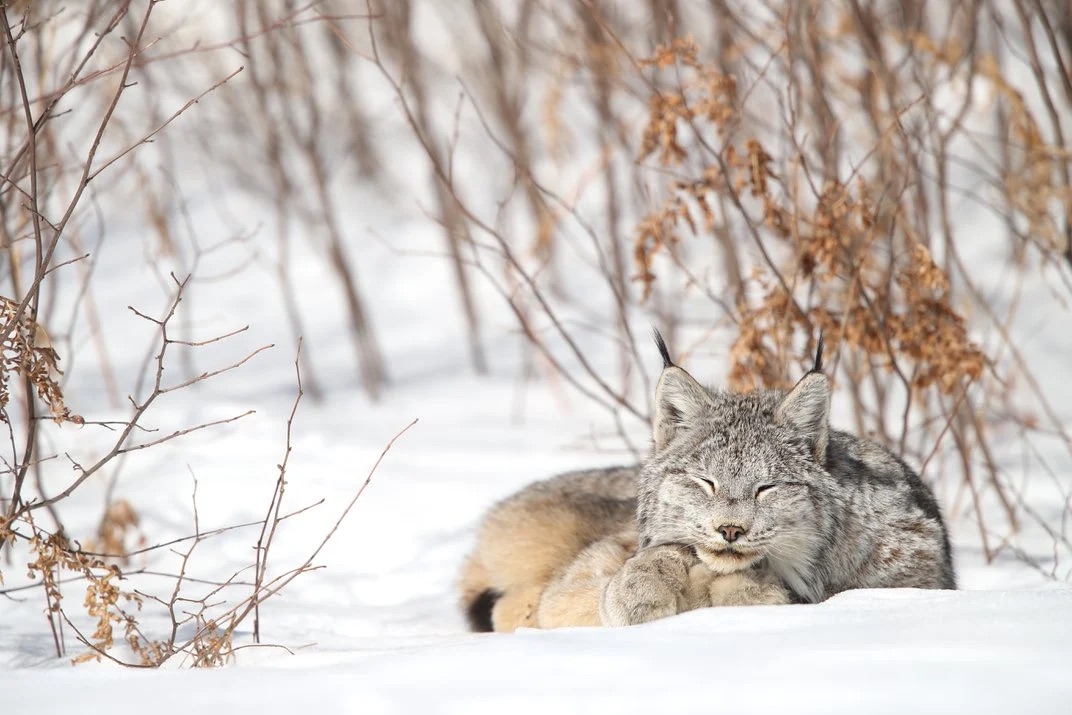News

Canadian Lynx Lives up to Its Reputation of Being a “Lazy Cat” While Effectively Minimizing Energy Expenditure
Due to the many challenges scientists face when it comes to studying mesocarnivores living in extreme cold environment, like the Canadian lynx (Lynx canadensis), little is known on their energy expenditure, behaviour, and metabolic responses to the environment. In this study the scientist investigated patterns of energy expenditure especially in relation to their body size, environmental conditions, and activity.
Long term heart rate data was collected
Scientist from four Canadian institutions McGill University, University of Alberta, Trent University, Wildlife Conservation Society Canada, and Ontario Northern Boreal Program, recorded the activity of nine adult females and 17 adult males in the period of 2015-2018. In 2018, four of these were subcutaneously implanted with Star-Oddi’s DST milli-HRT. The heart rate (HR) was recorded every 2 minutes for up to 50 days. The lynxes were also fitted with GPS and accelerometer collars and daily energy expenditure (DEE) was obtained via novel fecal double labelled water (DLW) technique.
Heart rate data of four free ranging animals was compared to 26 anesthetized lynxes
Timing of birth in primates can be detected with distinct post-partum hyperthermia.
Comparison was made between the heart rate of the 26 anesthetized animals and the resting heart rate of the four implanted animals when free ranging. There was a strong correlation with heart rate during immobilization (~85bpm) and resting heart rate of free-ranging lynx (~94bpm). HR also decreased with increase in body mass but not as much as in the free ranging individuals where a decrease of ~60bpm was observed across 4kg increase in body mass.
ECG confirms heart rates as high as 287bpm
On average the lynxes were active 21% of the day with average active HR 144bpm and they traveled 6,7 km daily, with intraspecific variation related to body size and snow depth but not to ambient temperature. Although heart rates as high as 287bpm were measured with validated ECG traces, the 5th and 95th quantiles were between 80-204bpm for active rates. Smaller lynxes tended to be slightly less active than large bodied lynxes, with large males being more active than the smaller females.
Heart rate was correlated with activity (ODBA) but not DEE
The difference in activity was not reflected in the assessment of DEE, which was lower for bigger lynxes. This suggests that those larger lynxes save energy by maintaining low activity levels but that resting energy levels are potentially the primary determinant of the DEE. This is very important for the extremely cold environment they live in, being the small-prey specialist that is too large to be an energetically efficient small carnivore.
The paper was published in Canadian Journal of Zoology and can be accessed here
We also recommend the detailed supplementary material that can be accessed here
Photo from the Smithsonian Magazine